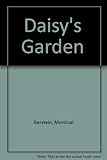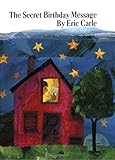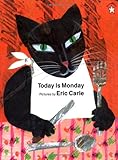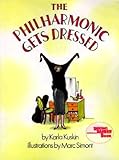
Sequence 1st Grade Unit
Lessons
-
Students can act out events from a story in sequence. Place students into groups of three. Have each student act out the beginning, middle, or end of the story using sequence clue words.
-
Students can discuss sequence in procedural texts, such as recipes, “How-To” books, and directions. Copy simple recipes or directions and have students highlight the sequence words in the text.
-
Students could sequence lines of text from a familiar story. Write the lines of text on sentence strips, and have students place the sentences in sequence. Use the lines to retell the story as a class.
-
Have students work with a partner to verbally retell a story in sequence using clue words. Each pair of students can retell a different familiar story.
-
Students can include sequence words in their own writing. Have students keep a list of sequence words in their journals or writing folders.
-
Have students review stories that they wrote and underline sequence clue words. They can add these words to their lists.
-
Students can write and/or illustrate their own “How-To” books using sequence clue words. Examples can include brushing teeth, making a sandwich, or mailing a letter.
-
The teacher can also demonstrate a procedure such as a simple recipe. After the demonstration, students can complete a graphic organizer explaining the sequence. (See Additional Activity A Chart in Teacher and Student Materials below.)
-
In social studies you can use sequence clue words to put the events in the life of a person you are studying in order.
- Fountas and Pinnell
- G
- Lexile
- 140L
- Fountas and Pinnell
- E
- Lexile
- NP
- Fountas and Pinnell
- M
- Lexile
- 660L

















The stories are wonderful. They helped me teach easily sequencing events to first graders.
This is an amazing resource.